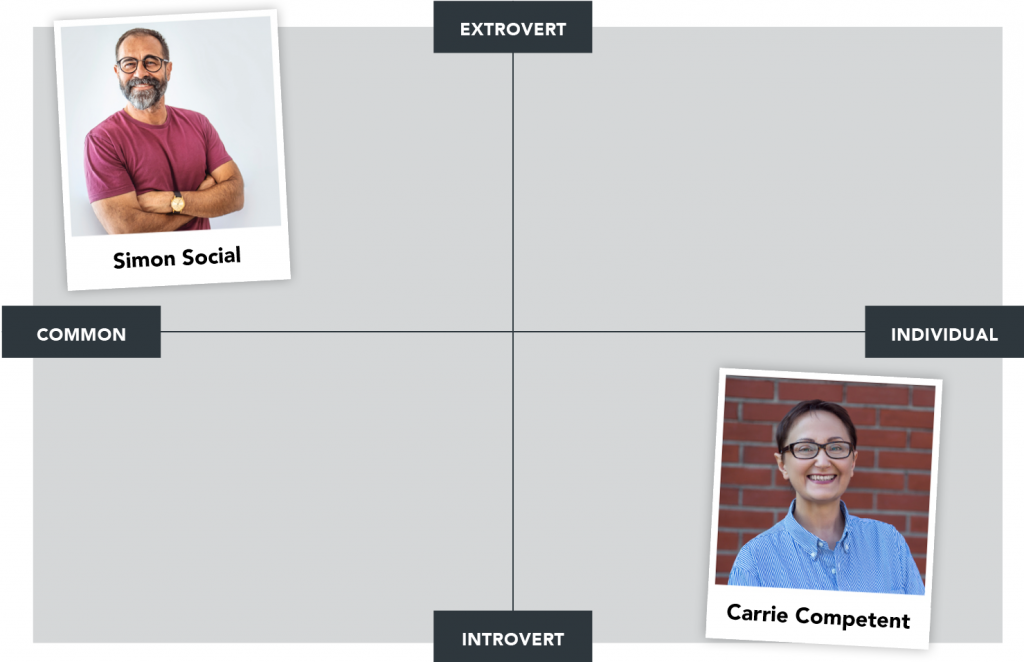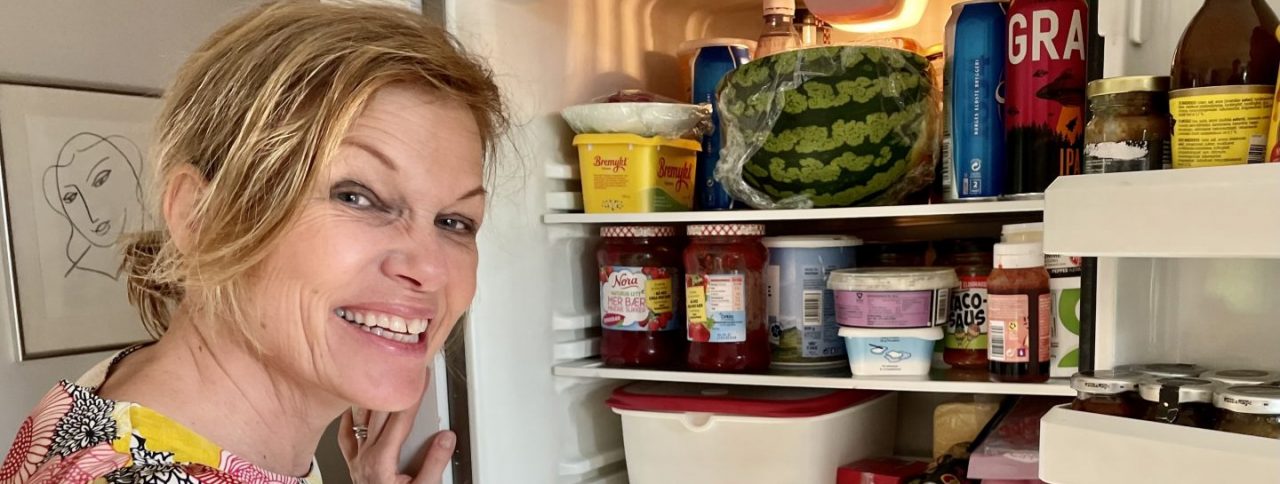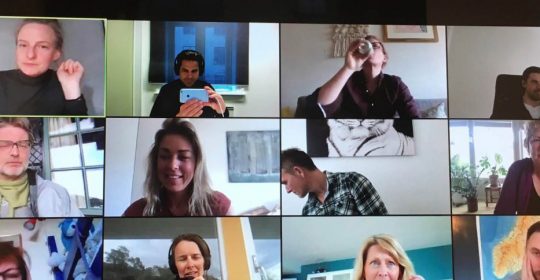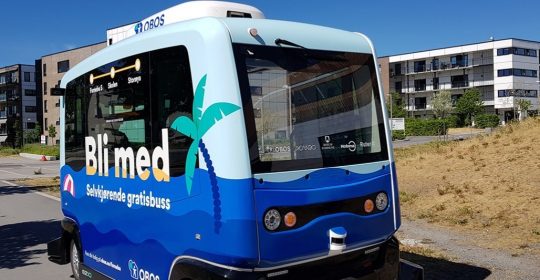Show me your fridge and I’ll tell you who you are!
Published: 17th August 2022By: Cecilie Kløvstad
“Look that’s what the devil got because he was dumb, and did not take his audience into account,” wrote Henrik Ibsen.
“Come in, into my house, into my fridge” …because that’s how life is in Oppsal with five children, spanning 20 years between the oldest and the youngest. I live well with unlocked doors, impulsive dinner planning, trying to factor whether there will be 2 of us or all 7 coming for a meal on any given day. A driving force through my life, at home and at work, has been to understand and relate to different people. “When I grow up, I will become a guest house hostess,” I like to daydream, although something real resides in that dream: my professional heft lies in understanding what different people need at all times. What can be found in my fridge, or in yours, can help tell part of the story of who you are and what you care about.
People are people, but when we take a closer look at any individual’s mindset and preferences, it becomes clear that it’s difficult to reach every person equally with one and the same message.
For who are all the people who live across Norway, whether in Oppsal, Skøyen, Vikebygd, Å or Kautokeino? What are we interested in? And is it possible to say something general based on our common features, or something specific? Does your location have much to say about who you are? What about age, gender, or education? How does all of it affect what you are interested in? Introvert, extrovert, high IQ, EQ? How do you learn best if you don’t like theory? Or what if you aren’t practically-minded at all? Maybe you aren’t so good at either oral or written skills. Or maybe you – God forbid – are someone who finds themselves on the outside looking in when it comes to most things?
At Task, we are genuinely interested in who people are. What inspires them? What gets them out of their chair? What helps them learn and which form of communication suits them best? We’re sure that there are different paths to the goal, and therefore the content must be adapted to who they are. Target group knowledge, including persona-thinking, is the backbone of our work at Task.
When using personas, it’s important and fundamental to anchor them solidly within a context, and not to jump to conclusions or use outdated stereotypes. At Task, we use a generically developed set of personas, inspired by both Carl Gustav Jung’s archetypes and Pierre Bourdieu’s ideas about cultural and economic capital. The original word “persona” means “mask”, and in Jung’s theories, these are the masks we wear in public to fit into a particular image. A persona is therefore a result of social adaptation that plays an important role in encounters with other people.
Let’s take a closer look at these personas. Our starting point includes both generalised and exaggerated qualities. We dare to generalise because these personas are based on established psychological and sociological thinking. But still, they don’t make much sense if they stand on their own, they must be placed in a context.

Simon Social and Carrie Competent
I often work on projects where we want to reach both – both work and have a common employer, and will even need to go through the same training measures, but they respond to educational content in very different ways. Simon Social can be a driving school instructor, he is very skilled and very kind, but has never liked school and theory. Carrie Competent is a civil engineer, very scientific and structured in everything she does, and she doesn’t enjoy too much small talk and nonsense. Can we meet the learning needs of these personas using the same educational approach for both? No, maybe not, but by being aware of who they are, we can adapt the content and structure. We can meet their needs better when we know who they are and how they learn best.
Working with these general personas, by rounding them out with needs and knowledge and adapting them to fit the subject area we work in, we can then adapt the learning method and content to suit them. We then work like the best teacher in a classroom, asking “what does Simon or Carrie need to succeed? How can we get them the greatest possible value out of what they’re learning?”
When it comes to making a go of life with many children, I can confidently report that it’s going well, but I have also had some help from the village and the extended family. They are all quite different, these five kids of mine, despite growing up in relatively similar conditions.




